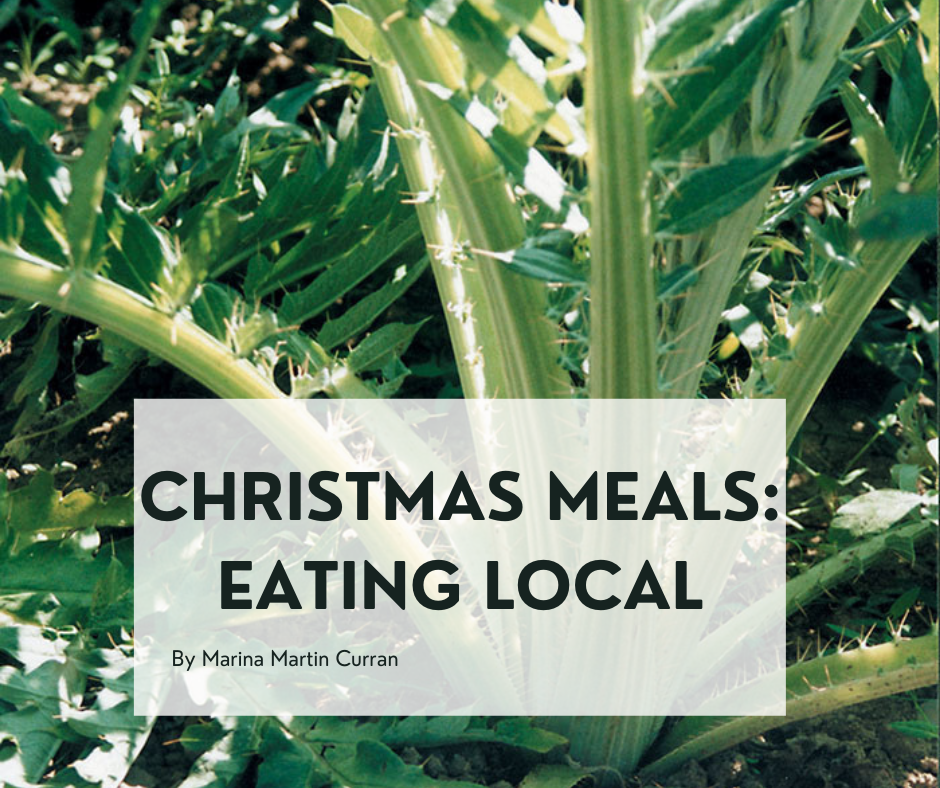When you think of a Christmas meal, do you think of vegetables? It certainly isn’t the most important part of the meal unless you are vegan, but increasingly as we try to eat more healthily and as more of us reduce our meat consumption, vegetables are more than just a bit of garnish on the side of the plate.
Our customers in the greenhouse grown vegetable market work incredibly hard to get fresh vegetables on our plates for nearly 12 months of the year. They do however take a little down time in winter when the old (tomato) vines that have been producing all year are removed. Greenhouses are thoroughly cleaned and the new season’s seedlings are planted. So what might we eat while tomatoes and cucumbers are not in season?
Typical winter vegetables are the roots which store well throughout the coldest months. These include carrots, potatoes, celeriac, beetroots, turnips and parsnips. They aren’t the fresh green vegetables of the spring and summer, so if you want green, you can also add brussels sprouts and cabbages to your shopping list which can also be found at this time of year.
At Vivent we are fascinated by all things vegetal, and recently discovered an unusual vegetable from the artichoke family that is almost exclusively grown in the Canton of Geneva. If you want to eat local and seasonal in Switzerland, this is the one for you. It is called the cardoon Cynara cardunculus and only eaten around Christmas here. It gets its name from the French word “chardon” which means thistle. The Romans are said to have eaten cardoon at their lake dwellings in Switzerland but it is better known for having arrived in Geneva with the Huguenots at the end of the 17th Century.
It resembles the artichoke, it is a tall plant, 1.50m to 2m high, its stem is wide and fluted, and bears smaller flower heads than those of the artichokes, covered with thorny bracts. The broad leaves, of ashy green color, are divided into deep lobes, very often covered with spines. They are carried by large pale green fleshy petioles, which are bleached during their production. The cardoons are covered to prevent them from photosynthesizing as this makes them bitter, they are thus white rather than green when harvested.
Bleaching in the field produces cardoons for the beginning of the season; indeed, the plant does not tolerate frosts falling below 5°C. The cardoons that need to be ready for December, formerly bleached in the cellar, are now bleached by professionals in tunnels; these are heated when necessary to avoid frost. The local know-how lies mainly in the bleaching process, which takes between two and four weeks. When this is complete, the parts of the plant that are still green, withered, or damaged are removed. Once the plants have been bleached, they can be stored at 0 to 2°C, protected from light and drying out.
Preparing the plants to eat is almost as labour intensive as the bleaching process. To prepare, remove all the thorny and fibrous parts of the stalks, once trimmed, and peeled, soak them in lemon, vinegar or milk before cooking to prevent them from turning black. In good swiss tradition, the cardoons can be served up as a gratin with plenty of cheese!
We have not investigated what the electrophysiological signals of the cardoon might look like, the trickiest part will be getting past the plant’s not insignificant thorns! If you are interested to learn more about the cardoon, click here.

